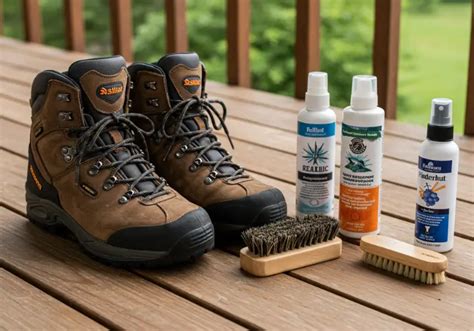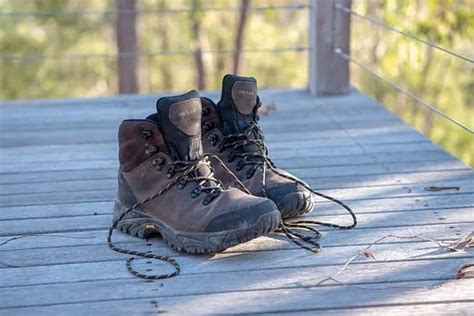Why Safe Drying is Crucial for Your Hiking Boots
There’s nothing quite like the discomfort of wet hiking boots, whether from a surprise downpour, a river crossing gone awry, or simply sweaty feet on a long trek. While the urge to dry them quickly is strong, using improper methods can damage the materials, compromise waterproofing, and shorten the lifespan of your expensive footwear. Safe and effective drying techniques are essential for maintaining your boots’ performance and ensuring they’re ready for your next adventure.
Preparation is Key to Efficient Drying
Before you even think about drying, a little preparation goes a long way in speeding up the process and preventing odors.
- Remove Laces and Insoles: Take out the laces and, if possible, the insoles. This increases airflow and allows these components to dry separately and thoroughly.
- Clean Off Mud and Debris: Gently brush off any loose mud, dirt, or debris from the exterior of the boots. If they’re heavily soiled, a quick rinse with water can help, but avoid saturating them further if possible. This prevents dirt from becoming ingrained as they dry.
- Open Up the Boots: Loosen all straps or buckles and open the tongue as wide as possible to maximize internal air exposure.
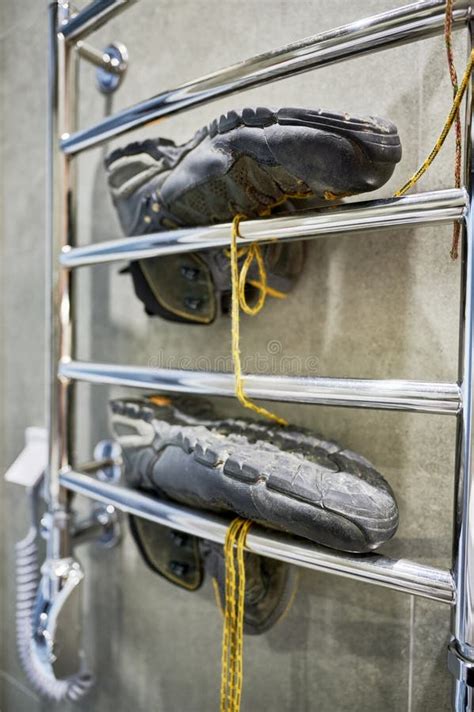
Safe and Effective Quick-Drying Methods
1. Air Drying (The Best & Safest Method)
While not always the fastest, air drying is undoubtedly the safest. Position your boots in a well-ventilated area, out of direct sunlight. A shaded, breezy spot is ideal. Elevating them, perhaps on a boot stand or by hanging them upside down, ensures air circulates around all surfaces. This method is gentle and preserves the integrity of materials like leather, Gore-Tex, and synthetics.
2. Stuffing with Newspaper or Paper Towels
For a quicker dry, especially from the inside, stuffing your boots with absorbent material is highly effective. Crumple up old newspaper (avoid glossy pages) or plain paper towels and pack them firmly inside the boots. The paper will wick moisture away. Change the paper every few hours, or when it feels damp, until the boots are dry. This can significantly reduce drying time without heat damage.
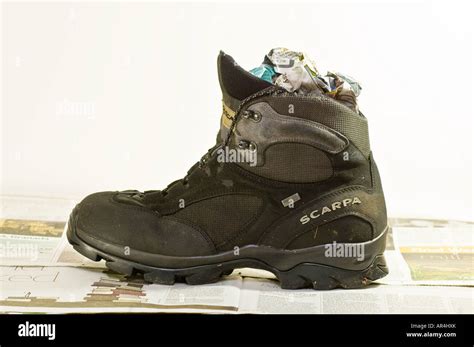
3. Using a Dedicated Boot Dryer
Electric boot dryers are specifically designed to dry footwear safely and efficiently. They typically use gentle, circulating warm air, which is much safer than direct, high heat. Look for models with timers and those that circulate air rather than just blowing hot air directly. These are an excellent investment for frequent hikers.
4. Fan Drying
Placing your boots in front of a household fan can accelerate drying significantly. Ensure the fan is on a low to medium setting and positioned to blow air directly into and around the boots. This method increases airflow and evaporation without introducing damaging heat.

Methods to Strictly Avoid
While tempting when time is short, certain drying methods can cause irreparable damage to your boots:
- Direct Heat Sources: Never place your boots directly on a radiator, near a campfire, in a clothes dryer, or use a hairdryer on a hot setting. High heat can shrink leather, melt synthetic materials, delaminate glues, and compromise waterproof membranes like Gore-Tex.
- Leaving Them Wet: Neglecting to dry your boots quickly can lead to mildew, mold, and unpleasant odors, which are difficult to remove and can degrade the materials.
- Sunlight for Extended Periods: While a little sun won’t hurt, prolonged exposure to intense sunlight can dry out and crack leather, fade colors, and degrade synthetic fabrics over time.
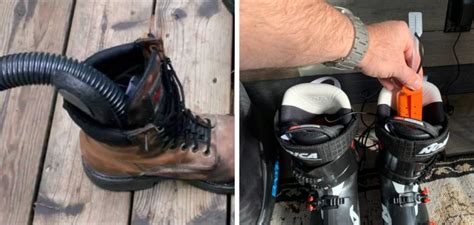
Final Tips for Boot Longevity
- Condition Leather: Once your leather boots are completely dry, consider applying a leather conditioner to prevent cracking and maintain their suppleness.
- Reapply DWR: If your boots have a Durable Water Repellent (DWR) coating, consider reapplying it periodically, especially after they’ve been thoroughly wet and dried multiple times.
- Store Properly: Store dry boots in a cool, dry, well-ventilated place away from direct sunlight or extreme temperatures.
By following these safe and effective drying methods, you’ll ensure your hiking boots remain comfortable, functional, and ready to tackle countless more trails for years to come.
